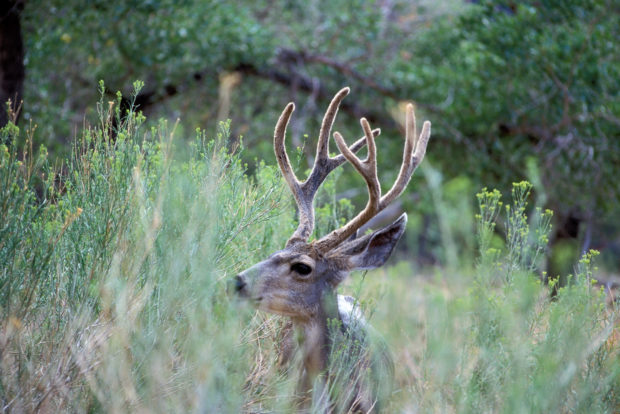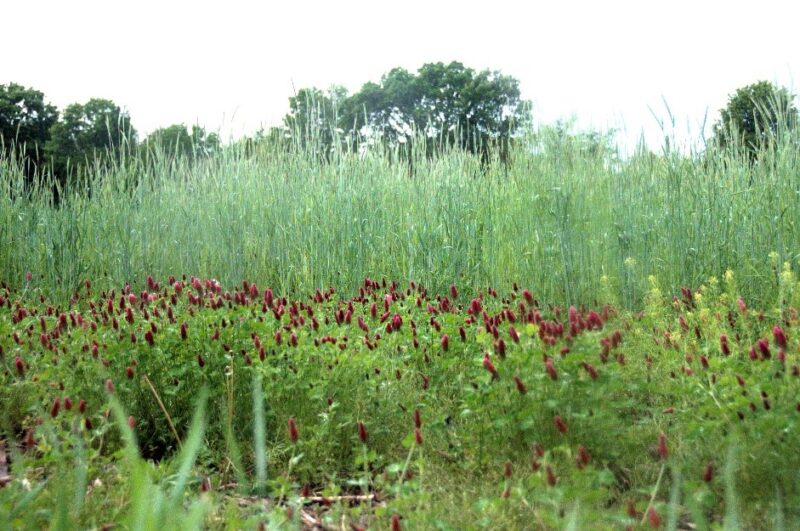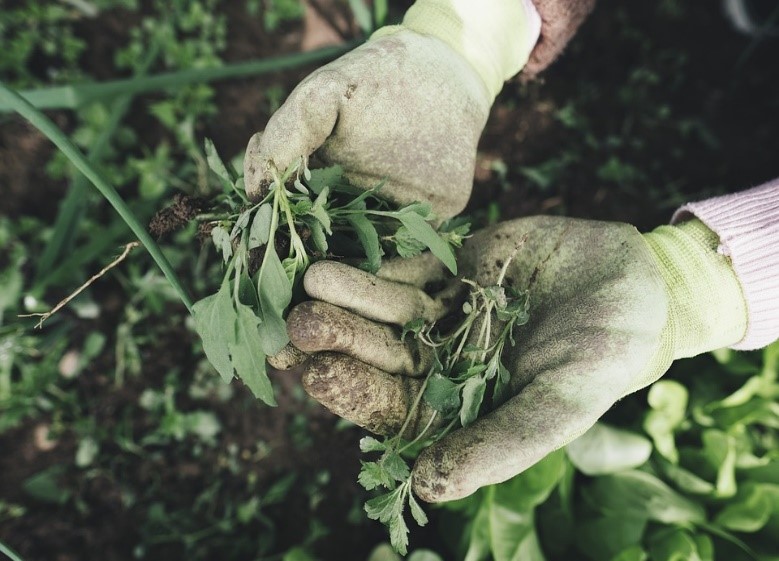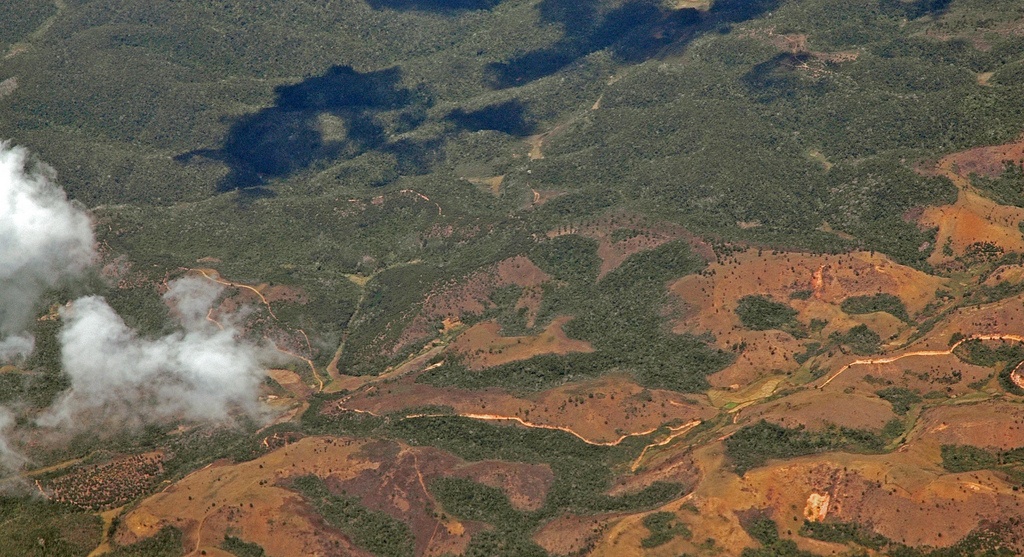Conservation farming improves water quality and nutrient retention, reduces soil erosion, increases productivity, and can even mitigate the harsh impacts of climate change. These practices include keeping soil planted between main crops, reducing the amount of land cleared for crops, and rotating between different crops.
Many farmers tend to overlook another advantage of implementing these practices: they can provide habitat for wildlife in the agricultural landscape. Animals’ means of survival rest upon habitat and food. Conservation farming can provide both. This can best be explained when examining the food chains involved.
Habitat and Food
Cover crops are crops planted to maintain and improve the soil’s integrity between cash crops. This practice improves soil structure that supports below and above ground biodiversity, including soil microorganisms and insects.

Birds like the at-risk eastern meadowlark can feed off of these insects, meaning that cover crops can enhance the food web. Ground birds like pheasants, quail, and turkey can build up energy on food found in fields of cover crops prior to the removal of cover crops. Even though they may not nest directly in these fields, it could help increase nest success for these birds.
A recent survey conducted at the University of Illinois sought to investigate the use of cover crop fields by migratory and resident birds. The researchers concluded that relative bird abundance was greater in cover crop fields versus non-cover crop fields.
“Avian Conservation Significance value (ACS) values were most influenced by the Eastern Meadowlark, a species of high conservation concern,” according to their findings.
This research provides evidence that cover crops can become the lifeline many birds like the eastern meadowlark struggle with finding during the spring in agricultural landscapes.
Managing Landscapes
Besides cover crops, the effects of no-till farming and diverse crop rotations on biodiversity and wildlife are also apparent. The minimal soil disturbance that is a product of the no-till method enables crop residue to remain on top of the soil.
Rotating diverse crops from one planting season to the next can also improve the properties of the soil. No-till, crop rotations, and cover crops can also provide better and longer-lasting cover for ground and grass nesting birds to build nests. Mammalian wildlife including deer also benefit from conservation farming.

According to one study, deer can use cover crops to shield themselves from potential predators. Taller cover crops like cereal rye enable fawns to be sheltered from potential predators. Similar crops like winter wheat and barley provide deer with a food source for the winter. For those farmers who prefer deer to not roam on their crop fields, they can plant sunn hemp, a favorable forage species for deer, on the edges of fields to lure them away.
Conservation farming methods have multiple benefits for soil, climate, and water quality. Crop rotations cover crops, and no-till can provide wildlife shelter and food in managed cultural landscapes.
Many farmers across the nation and world are being encouraged to make the transition from conventional farming practices to more conservation-focused ones to improve their soils and water quality. From reduced tillage methods to rotating diverse crops and planting cover crops, farmers can play their role in seeing a healthier, more balanced ecosystem while investing in a more sustainable future for food production.




